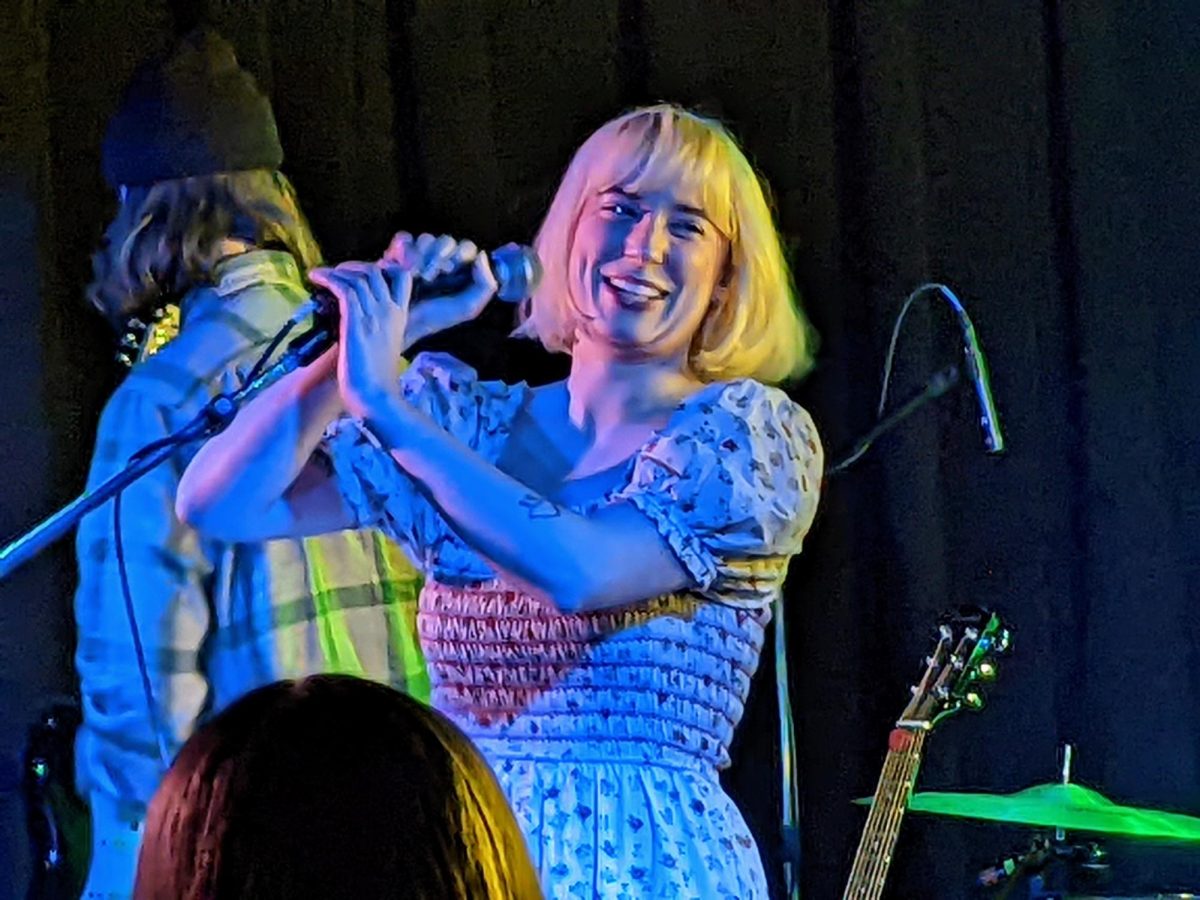Morticians (also called funeral directors) work with more than dead bodies. They mediate ceremonies of death from floral arrangements to corpse preservation. Their toughest job: explaining to grieving families what’s going on with their family member’s body now that it no longer runs itself.
Right now, the students in Senior Teaching Specialist Angela Woosley’s funeral arrangements class are learning the details of embalming, a process that restores a body to its natural appearance long enough for the family to say goodbye face-to-face.
“What we’re discussing today is how to explain the process of embalming to a family who is acutely grieving in a way that’s informative without being traumatic, accurate without being overwhelming,” Woosley said, who graduated from the program in 2004.

Funeral directors need the family’s permission to embalm; they want to help the family make decisions with “informed consent.” So, they must be prepared to explain the embalming process in simple, considerate terms.
“It’s hard to find the right words to say. And that’s why we’re here,” said Matt DeRuiter, a fifth year senior in his first year of mortuary science. “A big part of our time in the program is spent learning how you explain these gnarly processes to a person, and teach them about it in a way that isn’t scary or overly detailed.”
This may sound grim, but clear explanations of basic funeral processes can ease the burden on mourning families.
“Not a lot of people know much about what happens when we die — not from a spiritual standpoint, but from a physical one,” DeRuiter said.
The program attracts dedicated students.
“We have the best students at the U,” Woosley said. “You can’t accidentally choose this major.”
Morticians’ reasons for their career choices vary from cultural curiosity to community preservation.
“I’m interested in the ways cultures view and ritualize death. Each culture and religion has rules that you have to follow. It’s more about the living than it is working with the deceased,” said Giselle Wynia, who graduated from the mortuary school in 2007 and now works in the program as a teaching specialist.
“Grief is really a hands-on process. You’ve got to work through it. And the more people who’re involved, the better understanding they have,” Wynia said.
Woosley agreed. “We come together to mourn,” she said. “The point of gathering is to make your private grief a public space.”
The students agree that funeral homes work best as small family businesses.
“I’m the third generation of funeral directors,” said Ryan Garrity, a junior in the program. “In a town of 6,000 people, you build relationships with families over years. [During a death] it makes them feel like they’re the only family that you deal with. I think it’s a lot easier to do that when you have a long and well-developed relationship with a family.”
After their lecture on ethical approaches to explaining embalming, the class — mostly young men in sports jerseys, camo and sneakers — practice mindfulness and self-care.
Their job requires that they attune themselves to emotional boundaries — both of the families they work with, and themselves.
“What are some things we talked about already with self-care?” asked Marc Markell, Woosley’s co-instructor.
“Poems,” said a handful of the boys.
“Art.”
“Telling jokes.”
From explaining legal jargon or embalming, morticians practice empathy and communication skills as much as they do incisions or flower arranging.
“It means a lot to me, knowing that I’ve made a transition a little smoother,” DeRuiter said. “Because you know, going through a funeral, it’s a pretty big undertaking.”








